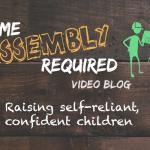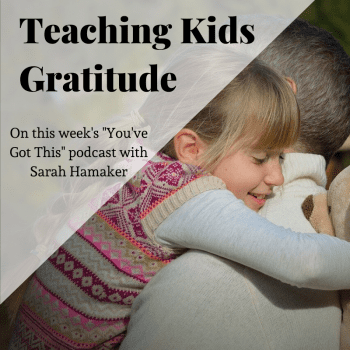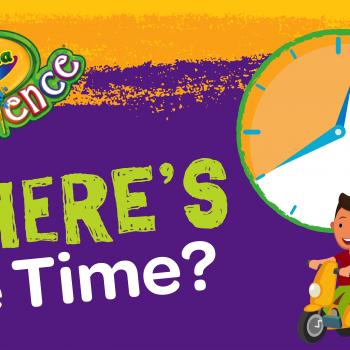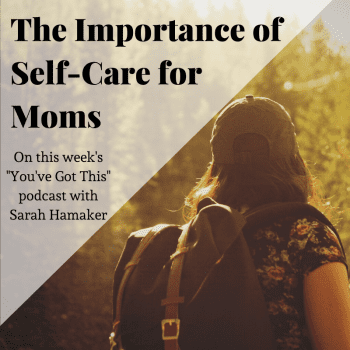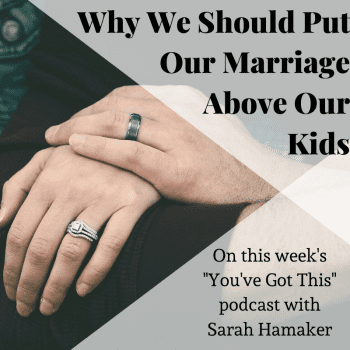If we look at our children’s emotions as a snapshots of what’s in their hearts at that moment, we will be better equipped to respond to their outbursts more constructively. Here are three suggestions for creating a healthy, safe environment for emotions.
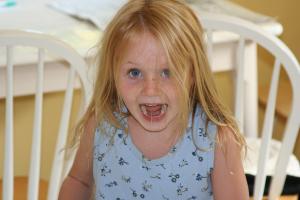
Recognize the proper place of emotions. Emotions have a purpose, whether it’s to express our happiness or displeasure, our sorrow or our love. Without emotions, we’d be very dull, drab people indeed. It’s okay to feel sad about losing a ballgame. It’s okay to feel disappointed about missing out on a field trip because of illness. It’s okay to feel elated because you aced a test even though your best friend didn’t. Helping kids realize that emotions are part of our life is important.
Recognize the limited power of emotions. Emotions grow into big, huge scary monsters because we give them too much power over our lives. With toddlers and young kids—and sometimes with adults—you can almost see the moment when they give in to the tantrum. They simply stop fighting the emotion and let it all hang out. While some laud this as a good thing, it can give kids the impression that emotions are bigger than they are.
Recognize that we control emotions. As stated earlier, children view emotions as big, powerful things about which they have no control. However, the more we can instill in our kids that they control the emotions, not the other way round, the better they will be able to withstand the push and pull of emotions. Emotions only have as much power as we give them.

